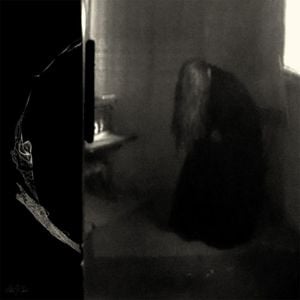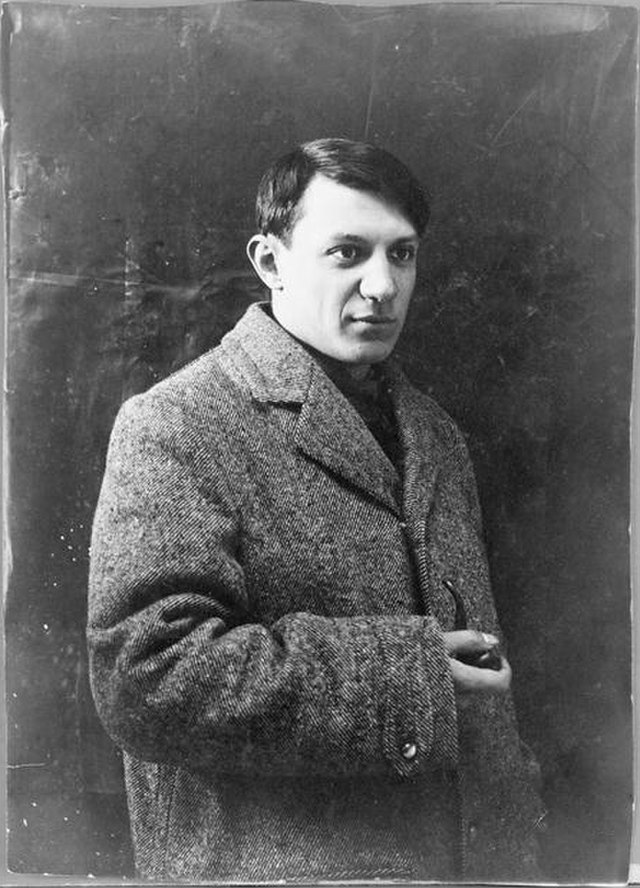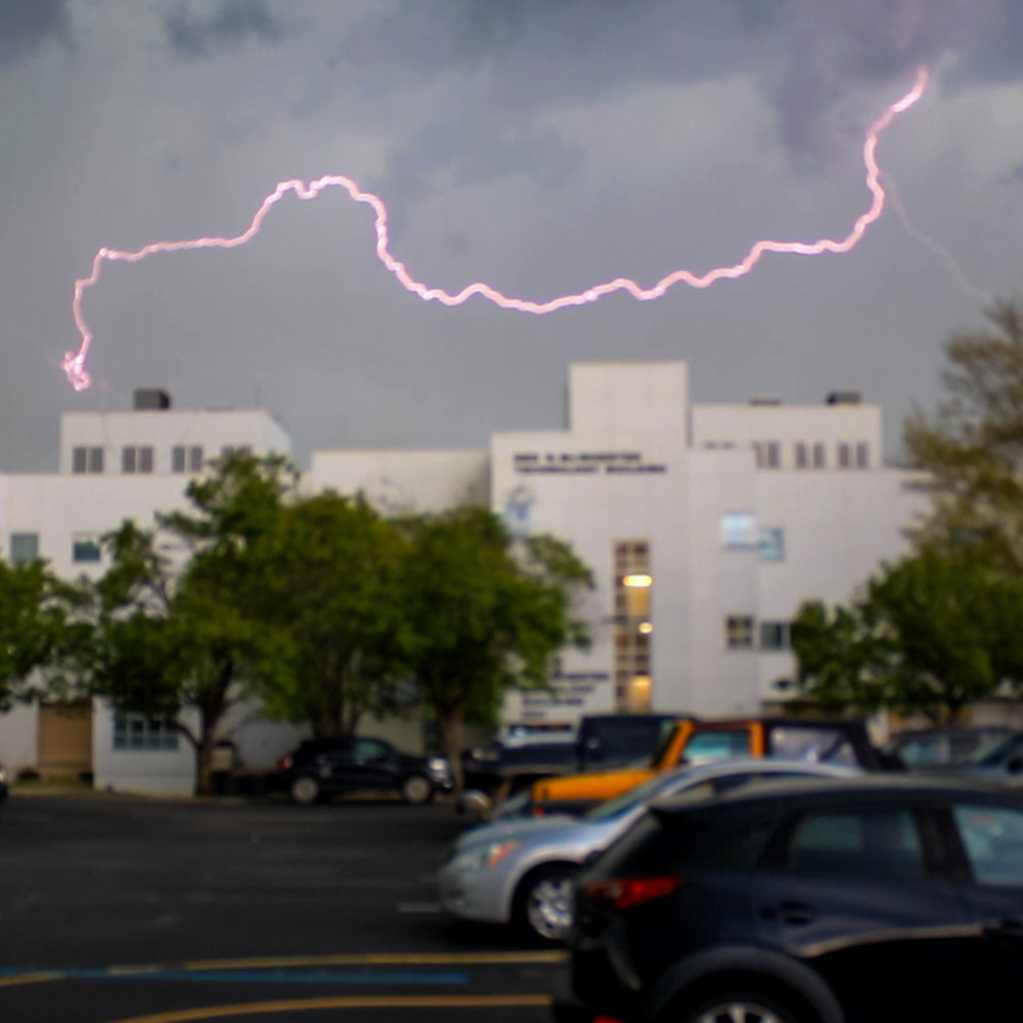By Rocket Belden, Staff Writer

Jane Schoenbrun’s 2024 film I Saw the TV Glow is a beautiful reflection of queer identity. Complex and thought-provoking, Schoenbrun uses lighting and sound to contribute to the eerie and off putting feel of the film. The characters themselves are also creepy, but not as is typical in a horror movie; their experiences are unsettling and occasionally otherworldly, while simultaneously being horrifyingly reflective of the experiences of real life trans people. The plot by itself is complex and takes many turns, so we’ll begin with a brief, spoiler-free summary of the film’s events.
The film opens on election day of 1996 in an unknown, small suburban town. Owen, the film’s protagonist, is shown as a child wandering around the high school as his mother votes. Here, he runs into Maddy, who is reading the episode guide to The Pink Opaque, a show she is obsessed with. Maddy introduces the show to Owen and invites him over to her house to watch it with her. Owen lies to his parents to sneak out and meet Maddy in her basement, where the show begins.
Owen and Maddy are engrossed with the show’s odd mythology and monster-fighting duo of main characters, Isabel and Tara, who are linked by a mysterious psychic connection. While Isabel is feminine and unsure, Tara is a strong-willed demonology expert helping to lead Isabel; together, they fight monsters sent by the big bad Mr. Melancholy, who manipulates time and space each week to try and kill them.
In the real world, two years pass, and Owen is now in high school. He’s still not allowed to watch the show, so Maddy smuggles him tapes of it each week at school. Owen can barely talk to her but sneaks out one more time to watch the show with her. At her place, Maddy tells him that she will die if she doesn’t run away and asks Owen to join her, but Owen is reluctant to leave his life.
Maddy soon disappears, leaving only a burning TV set, and, coincidentally, The Pink Opaque is cancelled the same week as her disappearance.
Eight years pass, and Owen is in and out of low-paying jobs, still living with this dad. He runs into Maddy at the grocery store, who explains that she ran away and buried herself alive to be sent into the world of The Pink Opaque. She is actually Tara, who, in the season 5 finale, was buried alive by Mr. Melancholy and sent to the midnight realm along with Isabel, leaving their bodies in the other world to slowly suffocate.
Maddy tells Owen to go back home and watch the tape of the show’s season 5 finale, which was the final tape she sent to him shortly after her disappearance. Owen watches it and plunges his head into the television screen and has to be pulled out by his father. When he meets Maddy again, she offers him another chance to be buried alive again and join her in the other world. Owen is forced to question, is she crazy and delusional? Or might she be telling the truth? The ending of the movie is surprising, but inevitable.
Throughout the film, Schoenbrun sets up an elaborate metaphor for trans identity. She begins by making the real world seem dull yet malicious. There is a sense of wrongness to the world, which many trans people experience before they transition. Reviewer Peter Muise states that the real horror in the film is “the horror of repression;” although the film incorporates typical horror elements like “creepy monsters and supernatural happenings,” the horror of the movie is based in the unsettling nature of Owen’s relationship with his identity.
Owen’s relationship with himself and his world is uncomfortable. His life is meaningless, and he is constantly unhappy, as the longer he stays in his world, the more he seems to decay. Maddy believes that staying in their town will kill her. In the end, this turns out to be literal; if Owen and Maddy truly are Isabel and Tara, the longer they idle in their world, which Maddy refers to as the midnight realm, the closer they get to suffocating underground where they are buried alive.
Owen’s life in the midnight realm is also dull and undesirable. He has no life and no family. He moves between jobs where his coworkers are horrible people, and he feels out of place. This lack of belonging resonates with trans audiences, who live in a cisgender, heteronormative world. The world is not made to accommodate transness, which can make it a dangerous place for trans people.
However, trans people find community and hope with each other. Coming out may be a painful process, but it allows trans people to access a world where there are others like them, where they may feel safe and at home.

Color and lighting are utilized throughout the film to emphasize the difference between the two worlds, pre- and post-coming out, or the midnight realm and the show realm. At the very beginning of the film, the color green is associated with evil. An ice cream truck, home to one of The Pink Opaque’s villains, glows a vibrant green, setting the tone for the reoccurring green lighting in scenes set in the midnight realm. In Maddy’s basement, each time they meet to watch The Pink Opaque together, there is a fish tank that casts a green glow over the room; when Owen looks at himself bare chested in the mirror, the background glows with green; the grocery store, where Owen first meets Maddy as an adult, glows with a soft green light as well.
What would normally be mundane, such as a fish tank and a vegetable aisle, glows with the force of evil. In this instance, the world is out to get Owen and Maddy, much like how the world may feel oppressive for trans people. Alternatively, whenever they watch The Pink Opaque, the TV screen glows a vibrant pink. Where their lives are dull, the show is bright and fantastic. The show is desirable. It draws them into a reality that feels more real than their actual lives, much like the freedom found within coming out.
The concepts of femininity and masculinity in the midnight realm are also dull and fleeting, leaving the realm undesirable and bleak. This concept is reflective of how the world has a sense of wrongness before a person discovers they are transgender. Schoenbrun, who is trans themself, spoke to this effect in an interview with Polygon, stating that they understand their film as “recognizing something that’s wrong, and about the process that goes into that recognition,” which they identified with their own dysphoria and transition.
For many trans people, this may be their own femininity and masculinity. For Owen, it is his masculinity, and the femininity he seems to identify with. The only feminine figures in Owen’s life are Maddy and his mom Brenda, both of whom he loses early on in the film. The only prominent feminine figure in his life is Isabel, beyond the TV screen in a world he does not exist.
The only masculine figure in his life is his father, who is barely present, spending his days either ridiculing Owen or watching TV. One of the few interactions viewers see between him and Owen is him questioning why Owen would want to watch The Pink Opaque, asking Owen “isn’t that a show for girls?” He serves as a representation of the masculinity Owen hates in himself, as he is the one pulling Owen back from entering the other world through the TV screen.
In the instance where Owen does try to embrace his true self and enter the other world, his father holds him back, representing both his last tie to the real world and Owen’s sense of masculinity. In the end, his father dies too, leaving Owen on his own.
The other men in Owen’s life are his coworkers, but they are crude and horrible to him. They are another form of masculinity from which Owen wishes to separate himself. The one true masculine figure Owen has in his life is Tara, again, on the other side of the TV screen. This continues to make the reality of the show more desirable than their real lives, drawing Owen and Maddy away from their reality and into their true selves.
While Maddy and Owen must leave the midnight realm to embrace their true selves, representative of how they must come out to be happy, the process is anything but pleasant, representing how painful coming into a trans identity might be. To return to Tara’s body, Maddy buries herself alive. For hours, or potentially even days, she had to sit in her fear and regret, knowing that there was no way out. She screamed and she clawed at her coffin. She “pissed and shit [her] pants” waiting for her air to run out, according to her.
Then, when returned to Tara’s body, she still had to dig her way out from underneath the dirt. There was no way into the other realm with ease. The only way was to die and fight her way back to the surface. It’s no wonder Owen hesitated to believe her story; why go through so much pain if she were wrong?
For many trans people, coming out may feel like dying. A trans person may change their face, body, and name. They may be left behind by all their friends and family. They may be left behind by the entire world. That is the risk that is taken when a trans person chooses to live as their true self. To come out is to bare your insides to the world and hope they aren’t brutally torn out of you.
Maddy tells her story to Owen as if she has been disowned by her parents, tossed to the streets, and still came out the other side. The scene is perfectly formatted to fill the viewer with a sense of dread, as the camera focuses on Maddy’s face, unblinking and blank, backed by an eerie soundtrack as she tells her story while crawling on the ground towards Owen. It is creepy. It is dreadful. It is expertly done.
Because the process of coming out is so risky and painful, Owen spends a long time stagnant. Schoenbrun describes Owen’s passiveness as “inherently tied to an experience that… trans folks can relate to on a deeply visceral level;” further stating that they wanted the film to “express something that feels emotionally truthful to [their] experience in the world” as a trans person.
I Saw the TV Glow is an eerie, uncomfortable film about identity, and its symbolic representation of trans identity is emotionally accurate and expertly done. Owen may live his life under a false identity in a fake world, slowly suffocating to death and ignoring the pull he feels towards the wondrous world of The Pink Opaque, but there is still hope for him. Tara leaves him one final message with chalk on his suburban street: “there is still time.”






